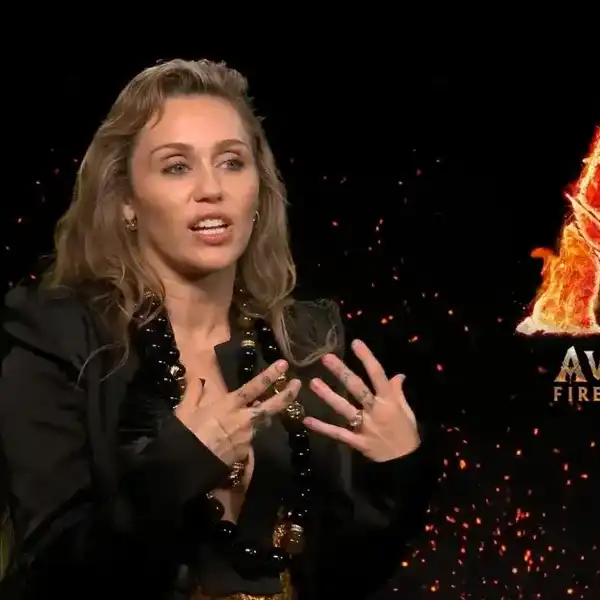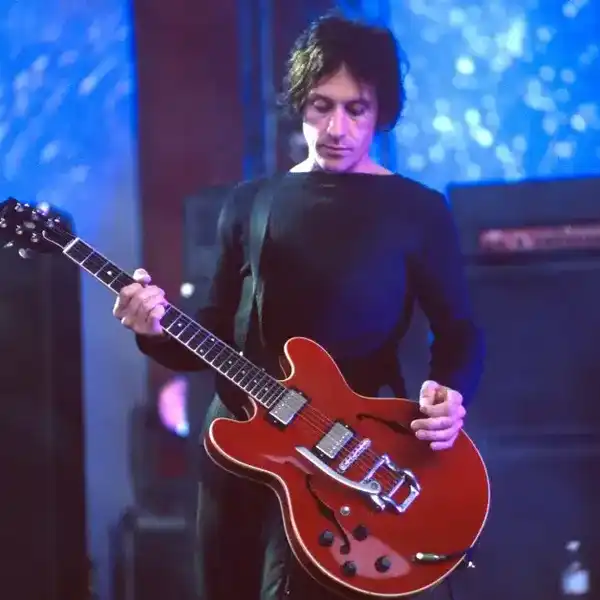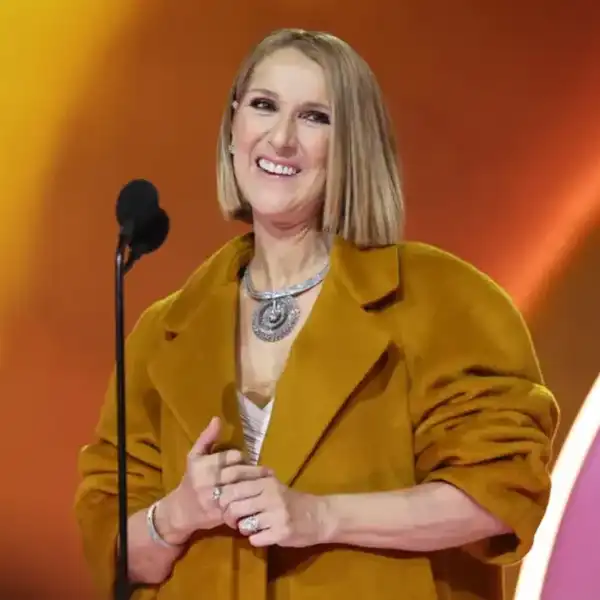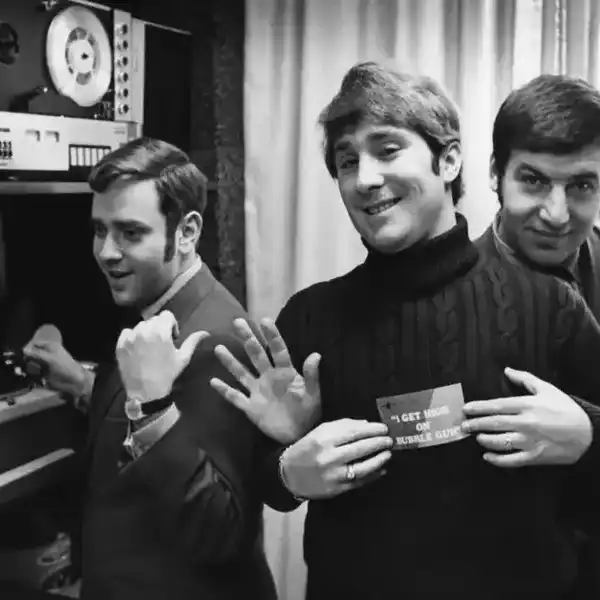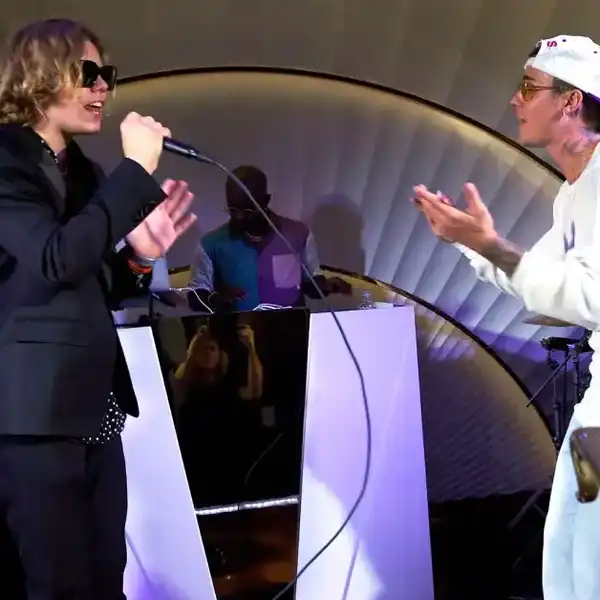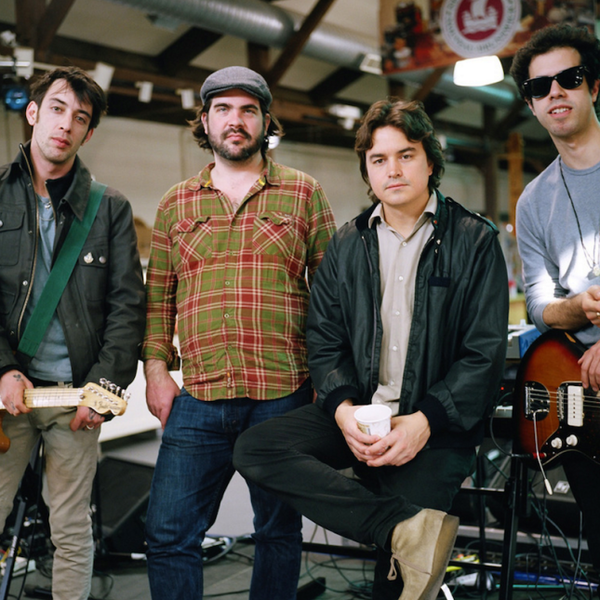Billboard Canada FYI Bulletin: A Walk Down Memory Lane, Part 2
The scribe has a moment of déjà vu as he recounts people past and present that have populated his life.

This is part two in a series where Billboard Canada FYI columnist David Farrell reflects on people past and present who have impacted him during his lengthy career in media, and who have touched the Canadian music industry. Read part one here.
Reggie Bovaird
Dubbed “the Bouncer Poet," Reggie was a doorman, first at the Nickelodeon on Yonge Street and then the El Mocambo during its golden era with Mike Baird as the owner, and then at the Silver Dollar Strip club just up the road on Spadina Avenue. He was a big lad who knew how to throw a punch when needed, but he could also be soft and courteous and was loved by the regular patrons as much as the performers who appeared in these working men’s rooms. Reg also loved to write poetry that was more than respectable and, often, on Saturday afternoons, he could be found on stage at Grossman’s Tavern reciting his verses. Lena Macdonald would make a 10-minute doc about this gentle giant, simply entitled “Reggie.” He died from cancer in 2013. If one was part of the music scene during the heyday of the El Mo, Reggie was someone you needed and then wanted to know.
Elizabeth (Ma) Henning
The Russian-born iconic Canadian country music impresario first made her mark at the Downs (Motor Hotel) in Winnipeg and, later, at The North 40 in Brandon, MB, both of which she owned. A fierce-looking and hard-nosed businesswoman, she took no nonsense from the crowds that would pack her beer rooms to hear local and imported Canadian country acts, and she was also known to help those in need of a meal or a place to stay for the night. In 1985 she became president of the Canadian Country Music Association and the year following was successful in having Global TV televise the annual awards show. In 2008, she was presented with the Hank Smith Award of Excellence for contributions to the Canadian country music industry. She passed away in 2009.
Jack Morrow
A short-lived manager, he first burst onto the scene in Toronto with the discovery of Abraham’s Children, also known to some as Abies Babies. The five young boys for a short period charted several hit singles spun from an album produced by Paul Gross. The group’s run of luck eventually fizzled, but Morrow stuck around and eventually lucked out again with a Hamilton group that presented themselves as a cross-between The Flamin’ Groovies and an earlier day edition of Green Day called Teenage Head. Jack’s lack of managerial expertise and bent for wayward experiences kept the band together on an almost even keel for as long as possible, but even a good banking manager (Bruce Erskine) couldn’t stay the inevitable and eventually the whole enterprise collapsed. Somewhere along the way, Morrow died.
Larry Ellinson
An American who somehow ended up in Toronto and set up Round Records in a Bloor Street walk-up in 1974. For a while, it became the hippest record store in the city with its vast collection of imported vinyl, magazine racks brimming with all the latest and hottest music publications and easy chairs where one could sit back and relax. And then came along Holt-Renfrew and bought out his lease and demolished the building to create the flagship store that sits at 50 Bloor St. West today. The payout was enormous and Larry returned to the U.S. a wealthy man; meantime his wife, Barbara, established the used Driftwood Music emporium on Queen Street West.
Ken(ny) Walker
The scion of a successful gem dealer, Walker partnered with John Brower to promote shows at The Rockpile at 888 Yonge Street, attracting the top names of the day, including Led Zeppelin, The Who, and The Doors. These two then went on to form a company with Thor Eaton, a son of the department store chain and, with additional backing from Maclean Hunter, they created the Festival Express. It was a wildly imaginative concept with an all-star line-up that travelled across Canada on a CN train in 1970. In 2003 a documentary of the same name was released to enthusiastic reviews.
Unfortunately, the festival was a financial dud, losing the better part of $600,000. Undeterred, Walker and Brower went on to promote the Toronto Pop Festival that featured the Velvet Underground, Alice Cooper, Johnny Winter, Steppenwolf and Blood, Sweat & Tears, among others, selling 50,000 tickets to the event at Varsity Stadium. Several months later they pulled off a coup by having John Lennon make his first stage appearance outside The Beatles, with Yoko Ono and Eric Clapton at the Toronto Rock 'n' Roll Revival in the same stadium. But it was the end of the partnership and Walker went on to launch of Grand Entertainment which proved to be more fizzle than grandiose. It also proved to be his final dalliance in show biz. Last I heard he lives in the north end of Toronto with little money but a great many fond memories of a time when the world was his oyster.
John(ny) Brower
From his bio: “John Brower became a seminal figure in the Toronto music scene in 1963 when his high school rock band The Diplomats were amongst a small number of bands that reigned supreme on the Toronto circuit (with singers Bob McBride who went on to front Lighthouse, and Peter McGraw who later fronted the Paul Butterfield Blues Band).”
After the partnership with Kenny Walker closed, Brower promoted The Strawberry Fields Festival, and the landmark Heatwave Festival that became known as the New Wave music’s Woodstock.
Like Walker, Brower was unable to conjure up the magic of those earlier festival days and moved to Venice, CA, where he dabbled in nostalgia film and TV and became a curious figure who once moved mountains and became quietly content owning a small beachfront property where he wrote a book about his halcyon days and tried to confront his future with two dogs, three cats and a small circle of friends. With Walker and without, these were visionaries who became legends and left a legacy that is hard to forget.
Stan Freeman
Stan was the frontman for The Electric Circus, a plush live venue on Queen Street East that eventually became the first home of CityTV and MuchMusic. The year was 1968 and the nightclub occupied 38,000 square feet of floor space and looked as if it were designed by Austin Powers with purple carpeting and space-age modules for the stoners to lay about in listening to acts such as CCR and the Rotary Connection. The concept was delicious but the business plan fell flat on its face. The wild idea to revolutionize Toronto's nightlife lasted a little over two years.
Le Studio
Le Studio (later renamed Morin Heights) was an artists’ retreat recording studio in the Laurentians near the town of Morin-Heights, QC, built in 1972 by producer André Perry, Nick Blagona and Perry’s wife Yaël Brandeis who handled business affairs for the complex from 1974 to 1988 when it was sold. The idea was to build a recording complex in a rusticated environment where artists could work in peace, surrounded by natural beauty and have the best equipment and sound rooms available anywhere. They executed the mission perfectly and, along with their warm generosity of spirit and desire for excellence the artists lined up to record there. Among them were the Police, The Bee Gees, Cat Stevens, Keith Richards and Canadian artists such as Corey Hart, April Wine, Rush, Glass Tiger and Luba.
Perry became a household name when he recorded John Lennon’s “Give Peace A Chance” during John and Yoko’s bed-in at Montreal’s Queen Elizabeth Hotel in 1969. Perry and Brandeis then moved to the U.S. where he continued to work in the audio-video field. They recently retired and returned to their home province. Blagona stayed in Montreal and became a go-to engineer and producer for many acts in the province.





